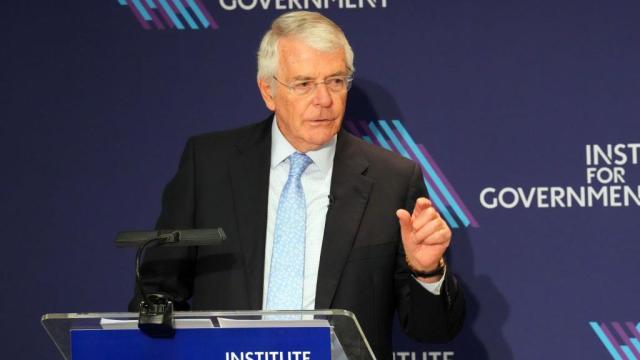China is reportedly witnessing a surge in cases of human metapneumovirus (HMPV), a respiratory illness with flu-like symptoms, raising concerns about a potential health crisis in the aftermath of the COVID-19 pandemic. Social media reports and local accounts describe congested hospitals and overburdened healthcare systems as cases of respiratory infections rise. Some reports claim that multiple viruses, including influenza A, HMPV, Mycoplasma pneumoniae, and COVID-19, are circulating simultaneously, although no official state of emergency has been declared.
According to a Reuters report, the surge in respiratory infections has led Chinese authorities to implement a pilot monitoring system for pneumonia of unknown origin, anticipating seasonal increases in infections during winter and spring. HMPV cases have notably risen in northern provinces, particularly among children under the age of 14. Despite alarming accounts, Chinese officials and the World Health Organization (WHO) have yet to confirm the severity of the situation.
First identified in 2001, HMPV is a member of the Pneumoviridae family and is closely related to the Respiratory Syncytial Virus (RSV). It typically causes mild upper respiratory symptoms, such as cough, runny nose, and sore throat. However, in vulnerable groups, including young children, the elderly, and individuals with weakened immune systems, HMPV can lead to severe complications like pneumonia, bronchitis, and exacerbation of chronic respiratory diseases.
The US Centers for Disease Control and Prevention (CDC) notes that HMPV infections have an incubation period of three to six days, with symptoms ranging from mild cold-like conditions to severe respiratory distress. While the virus shares similarities with SARS-CoV-2, such as respiratory transmission and overlapping symptoms like fever, cough, and shortness of breath, significant differences exist. Unlike COVID-19, HMPV lacks a vaccine or specific antiviral treatments, making prevention through hygiene and social distancing critical.
A study published in Virology Journal in April 2024 reported a global rise in HMPV transmission post-COVID-19, surpassing pre-pandemic levels. Experts attribute this to changes in immunity and increased respiratory virus circulation following years of pandemic-related restrictions.
Neighboring countries are closely monitoring the situation, though India’s National Centre for Disease Control (NCDC) has confirmed no HMPV cases within its borders. Officials emphasize standard precautions, such as avoiding close contact with sick individuals and maintaining hygiene, while reassuring the public that there is no immediate cause for alarm.
In response to concerns, a Chinese health official stated that the situation appears less severe compared to previous years and emphasized that the government is taking measures to ensure public health and safety. Citizens and tourists are advised to follow health guidelines and remain vigilant as respiratory infections are expected to rise during the winter season.
While the surge in HMPV cases highlights the importance of global health monitoring, experts stress that transparent communication and effective public health strategies are essential in mitigating the spread of respiratory illnesses and addressing public concerns.




